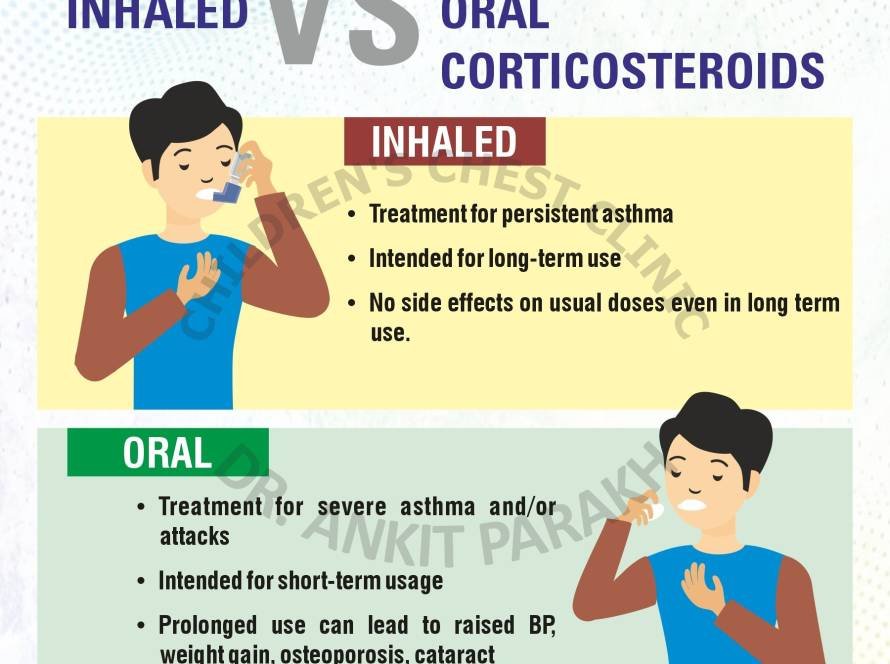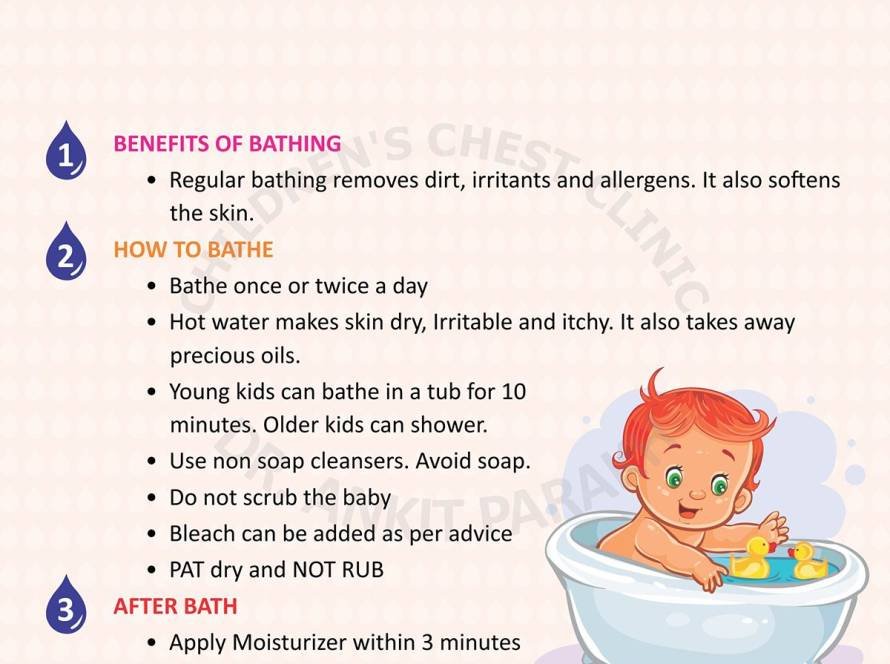Allergies are on the rise in India: Do you know why?
Western countries are facing an allergy epidemic including allergic nose, asthma and food allergies in the last two to three decades. Estimates suggest that one in four children have at least one form of allergy like allergic rhinitis, asthma, or eczema. Traditionally, India has had a low incidence of allergic problems compared to western countries. Recent research and experience indicate that incidence of allergy is steadily rising in India with a 10-15 % increase in allergy patients in the last decade. This article discusses the reasons for rising incidence of allergies in India.
How does allergy happen?
How allergies develop is not completely understood but it is postulated to be due to a complex interaction between genetic, environmental, and lifestyle factors. Children with parents with allergic disorders are at a high risk of having allergies. Farm environment, presence of animals like cows and dogs and traditional village environment is thought to be protective. Recent urbanization, air pollution, less infections, antibiotics and stress are inciting factors for allergic diseases.
Why are allergy rates increasing?
A leading theory which explains the rising rates of allergy and asthma is the “hygiene hypothesis.” Hygiene hypothesis suggests that infections in early life trains the immune system to a Th2 pathway which is away from allergy. On the other hand if kids aren’t being exposed to germs in early life the immune system gets diverted to the Th2 pathway (the allergy pathway).
What are the problems that India is going to face with the upcoming allergy epidemic?
Allergic problems are a big burden to the individual child, family and society as a whole. The symptoms of allergy could last for many years sometimes throughout life, require significant allergen avoidance (including foods etc), and treatment is difficult and prolonged. Many patients with allergic rhinitis and asthma keep having symptoms despite treatment due to multiple reasons. These could be the cost of medicines, myths and stigma associated with inhalers and religious beliefs. Lack of trained allergy specialists in India compounds the problem. It leads to significant impairment in the quality of life of the child. Allergic problems are also a significant economic burden on the family and nation.

What are the possible preventive measures to reduce the allergy burden?
Better awareness amongst the public is important both to prevent, diagnose and treat allergic disorders. It is also important to allay the myths associated with allergies and their treatment.
Stringent measures to reduce the indoor and outdoor air pollution should be done. Environmental tobacco smoke especially second hand smoke, mosquito coils, dhoop sticks and use of coal/wood for cooking are the main causes of indoor air pollution. These need to be done at a personal level. Reduction in outdoor air pollution is also vital and requires the government to take proactive measures like shifting to cleaner fuels, reduced crop burning etc.
The potential to flatten the allergy epidemic curve by protective measures such as nature conservation, lifestyle adaptations, traditional food habits, etc., should be considered.






